The Most Effective Method to Prevent Pregnancy in the US
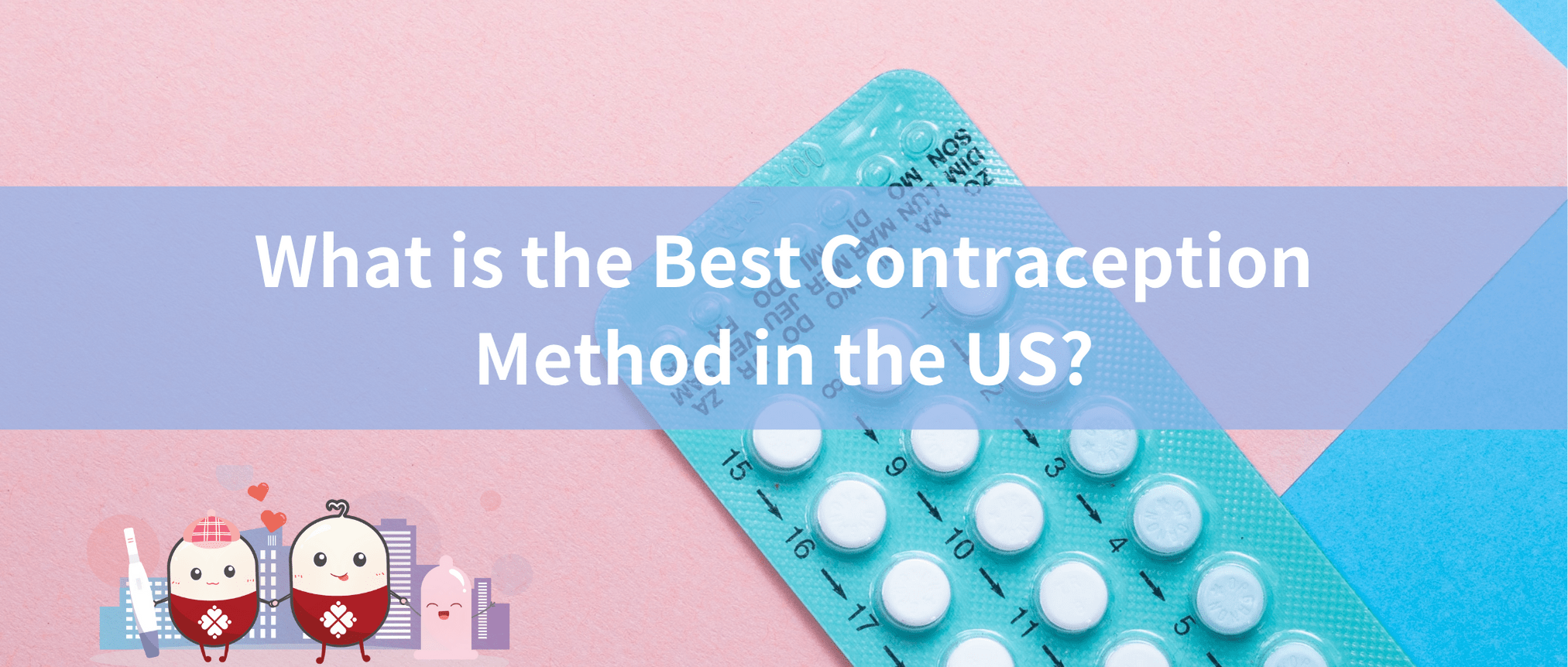
Introduction
Do you really know all the correct methods of contraception?
Can birth control pills be taken to regulate skin and relieve menstrual pain?
Can emergency contraception be taken regularly?
Is it safe to rely on withdrawal methods or taking a shower immediately after having sex to prevent pregnancy?
Does birth control pills really cause great harm to the body, and should it be avoided at all costs?
Can condoms absolutely prevent pregnancy?
What is the most effective method to prevent pregnancy?
There are a series of questions that we receive every day from our customers, and indeed the answer may vary, depending on the actual circumstances. As international students, it’s your duty to take good care of your own safety in the US, and thus in this article, we have compiled information from Planned Parenthood, the most authoritative reproductive health care organization in the United States, to analyze the most effective method to prevent pregnancy in the US.
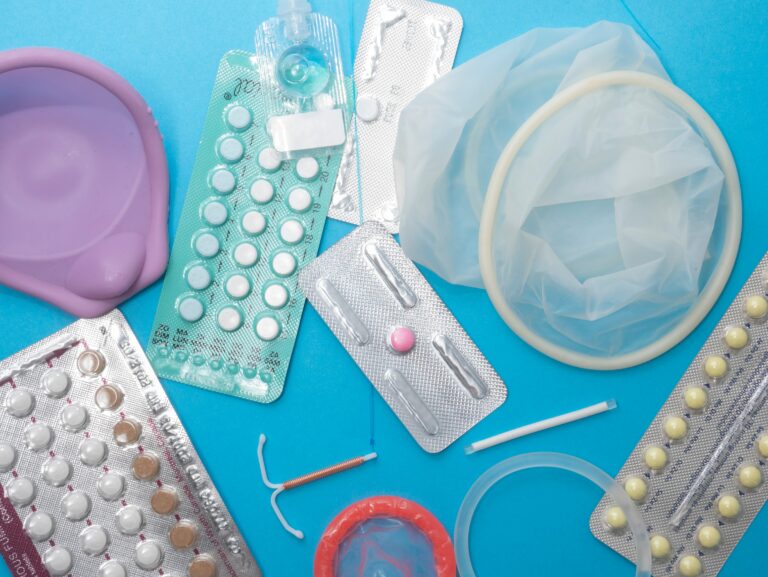
Content
Content:
Contraception Method 1: Condoms
Contraception Method 2: Short-acting Oral Contraception
Contraception Method 3: Emergency Contraception
Contraception Method 4: Rhythm Contraception
Note:
The most effective method to prevent pregnancy can vary widely depending on several factors, including the type of contraception used, how consistently and correctly it is used, and individual differences in fertility.
Click here to contact our customer service members for more information. And now let’s get started!
Contraception Method 1: Condoms
Contraception Method 1: Condoms
The success rate of condoms as a form of contraception depends on how consistently and correctly they are used. When used perfectly, condoms can be highly effective in preventing pregnancy and reducing the risk of sexually transmitted infections (STIs).
According to the Centers for Disease Control and Prevention (CDC), when used consistently and correctly, condoms are about 98% effective at preventing pregnancy. However, with typical use (including inconsistent or incorrect use), the effectiveness rate drops to about 85%.
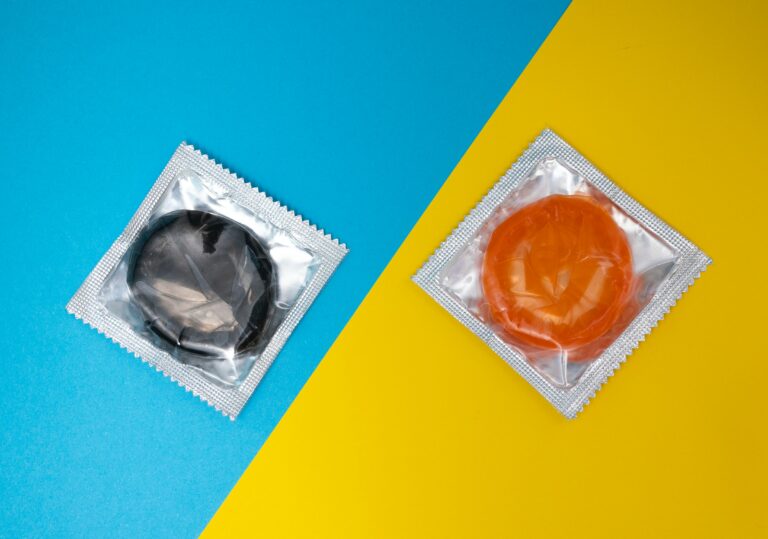
Contraception Method 2: Short-acting Oral Contraception
Contraception Method 2: Short-acting Oral Contraception
Short-acting oral contraceptives, commonly known as “the pill”, are a highly effective form of contraception when used correctly.
The success rate of short-acting oral contraceptives depends on how consistently and correctly they are taken. According to the Centers for Disease Control and Prevention (CDC), when taken perfectly, the pill is over 99% effective at preventing pregnancy. However, with typical use (including missed or late pills), the effectiveness rate drops to about 91%.
To use short-acting oral contraceptives effectively, it’s important to take them at the same time every day, preferably within a three-hour window of your usual time. It’s also important to start each new pack of pills on time, and to use a backup method of contraception (such as condoms) if a pill is missed or taken late.
Note:
All Student Medicover customers who have enrolled in our Choice, Prime, Elite, or Supreme plans will enjoy coverage on contraceptive medication, and also make sure you bring your doctor’s prescription and insurance card when you go to CVS or Walgreens to get the complimentary medication.
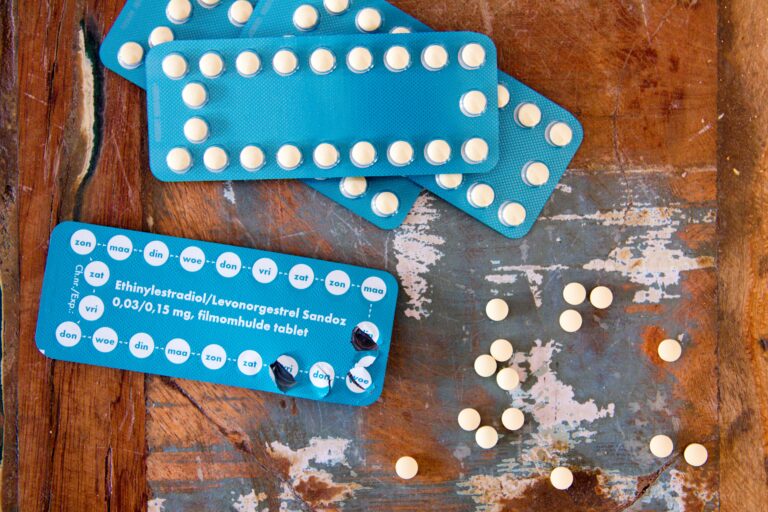
Contraception Method 3: Emergency Contraception
Contraception Method 3: Emergency Contraception
Emergency contraception (EC) is a type of birth control that can be used after unprotected sex or contraceptive failure to prevent pregnancy. The success rate of EC depends on several factors, including the type of EC used and how soon it is taken after unprotected sex.
The two most used types of EC proved by FDA are:
- ELLA®(ulipristal acetate)
- Plan B One-Step® (Levonorgestrel-only), including After Pill™、My Way®、Next Choice One Dose™ and Take Action™
Levonorgestrel is most effective when taken within 72 hours (3 days) after unprotected sex and can reduce the risk of pregnancy by up to 89%. Ulipristal acetate is most effective when taken within 120 hours (5 days) after unprotected sex and can reduce the risk of pregnancy by up to 85%.
To take EC, follow the instructions on the package insert or those given by your healthcare provider. Levonorgestrel is available over-the-counter without a prescription, while ulipristal acetate requires a prescription from a healthcare provider. It’s best to take EC as soon as possible after unprotected sex, as its effectiveness decreases with time. If you vomit within 2 hours of taking EC, consult with your healthcare provider to determine if you need to take another dose.
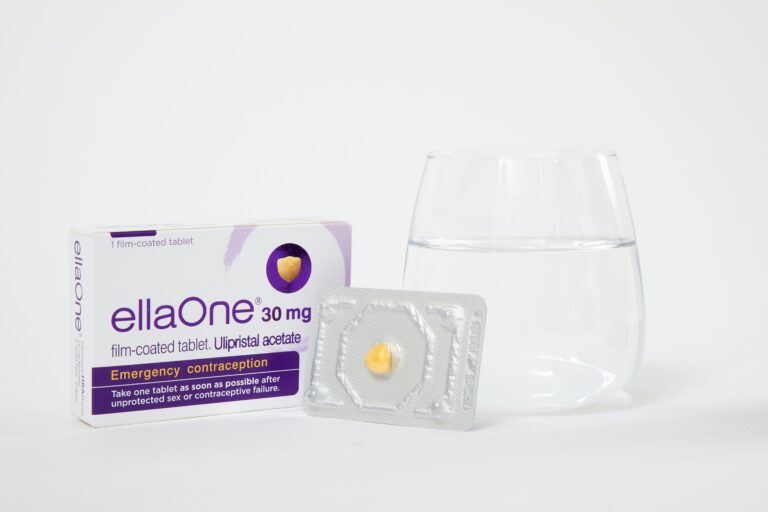
Contraception Method 4: Rhythm Contraception
Contraception Method 4: Rhythm Contraception
Rhythm Contraception, also known as the fertility awareness method, involves tracking a woman’s menstrual cycle to determine when she is most likely to ovulate and therefore be fertile. By avoiding sexual intercourse during this time, couples can attempt to prevent pregnancy without using other forms of contraception.
However, the success rate of calendar-based contraception can vary depending on several factors, including the accuracy of tracking menstrual cycles, consistency in tracking and avoiding intercourse during fertile periods, and individual variations in the length of menstrual cycles. Studies suggest that typical use of the rhythm method can result in a failure rate of around 25%, which means that 25 out of 100 women using this method will become pregnant within a year. With perfect use, which involves accurately tracking menstrual cycles and consistently avoiding intercourse during fertile periods, the failure rate can be reduced to around 2-5%.
To use the rhythm method, a woman should start by tracking her menstrual cycle for several months to determine the length of her cycle and identify the days on which she is most likely to be fertile. This involves tracking the start and end dates of her period as well as any other symptoms of ovulation such as changes in cervical mucus or body temperature.
Once a woman has identified her fertile window, she and her partner should avoid sexual intercourse or use other forms of contraception during this time to prevent pregnancy. It is important to note that the rhythm method does not protect against sexually transmitted infections and is not recommended for women with irregular menstrual cycles.
Disclaimer:
Regardless of the methods you apply every time, it’s always important to note that no form of contraception is 100% effective, and do not provide complete protection against all STIs, and the most effective method to prevent pregnancy highly depends on the application of safe sex practices.
Using a combination of several methods of contraception and applying , such as getting tested for STIs and limiting sexual partners, etc. can further reduce the risk of unintended pregnancy and STIs.
If you still have questions regarding contraception or birth control, it is always advisable to click here and consult our customer service teams.
Hope every one of you stay in good health!




